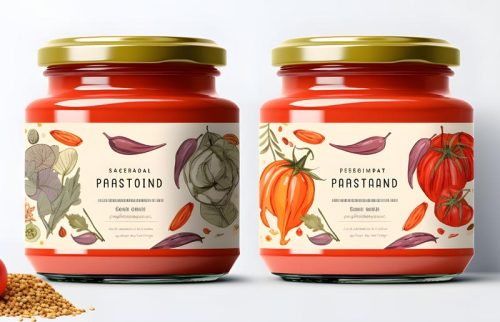A Guide to Purchasing and Designing Food Labels in the UK
Designing a food label for the UK market involves navigating regulatory requirements, engaging consumers effectively, and ensuring your product stands out on shelves. Whether you’re launching a new product or updating an existing one, here’s a comprehensive guide to crafting a compelling food label with expertise from DataLabel. 1. Understanding UK Labeling Regulations a. Legal […]

